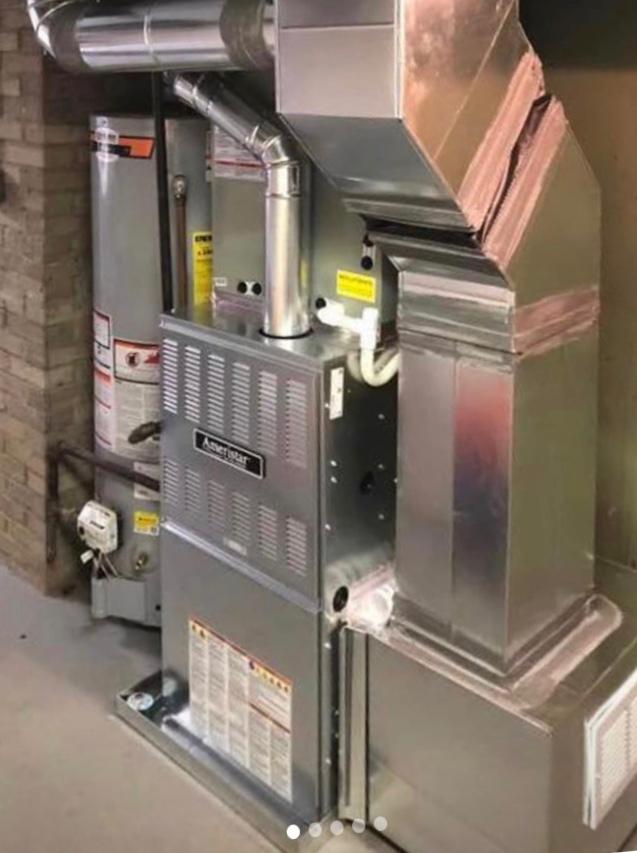The Ultimate Overview to Furnace Installment for a Cozy Home
Heater setup is a vital element of preserving a comfortable home environment, particularly during the chillier months. As you consider these factors, the inquiry stays: what steps can you take to guarantee your heater offers you well for years to come?
Kinds Of Heaters

Gas furnaces are the most usual choice because of their efficiency and reduced operational expenses. They utilize gas or propane, giving fast heating and consistent performance, making them suitable for colder environments.
Electric heaters, while normally less complicated to set up and preserve, often tend to have higher operational expenses. They are frequently preferred in areas where gas solution is not available or for homes with existing electric framework.
Oil heaters, though less common today, remain a feasible alternative in certain regions. They melt heating oil, which can be useful throughout chillier months, but their dependence on oil delivery positions possible obstacles.
Additionally, there are high-efficiency models offered across these types, which can significantly reduce energy consumption and utility costs - furnace installation. Inevitably, recognizing these heating system kinds will assist house owners select a system that straightens with their heating needs, budget, and energy choices
Picking the Right Size
Picking the appropriate dimension for a heating system is critical to guaranteeing optimum performance and power performance. A small heater will struggle to keep comfy temperature levels during the cold months, bring about increased damage, greater energy bills, and prospective system failing. Conversely, a large heating system may cycle on and off also frequently, causing ineffective home heating and unequal temperature level distribution within the home.
To establish the appropriate heating system dimension, a computation referred to as the Guidebook J tons calculation must be carried out. This procedure examines various aspects, including the square footage of the home, insulation levels, window dimensions, and regional environment conditions. This comprehensive evaluation guarantees that the heater satisfies the certain home heating needs of the area.

Setup Process Introduction
In terms of products, you about his will require ductwork, insulation, and sealing tape to ensure optimum air movement and energy efficiency - furnace installation. It is likewise important to have a brand-new heater filter accessible, along with airing vent products, such as PVC pipeline or steel flue, depending on the sort of furnace being set up
Safety and security equipment, consisting of handwear covers, safety glasses, and a face mask, is additionally essential to shield versus dust and debris throughout installation. Having all these tools and products conveniently offered not just improves the procedure however additionally boosts the security and performance of the heater installation.
Maintenance Tips for Longevity
To make certain the durability of your furnace, it is necessary to carry out a normal maintenance schedule that attends to essential parts of the system. Start by replacing or cleaning the air filter every one to three months, as a stopped up filter can restrict air movement and lower performance. Furthermore, inspect and cleanse the blower assembly to avoid dust build-up that can hinder performance.
Next, inspect the thermostat setups and recalibrate if necessary to guarantee accurate temperature regulation. Examine the ductwork for leakages or obstructions, as this can result in energy loss and irregular home heating. On a regular basis lubricate the electric motor and bearings according to the producer's suggestions to reduce deterioration.
Professional inspections must happen each year, where a qualified technician can assess the heating system's total problem, look for gas leaks, and guarantee that safety features are functioning appropriately. Consider installing a programmable thermostat to enhance energy usage and maintain regular home temperature levels. By adopting these upkeep practices, you can improve your heater's effectiveness, extend its life expectancy, and inevitably take pleasure in a comfy and comfortable home atmosphere.
Final Thought
